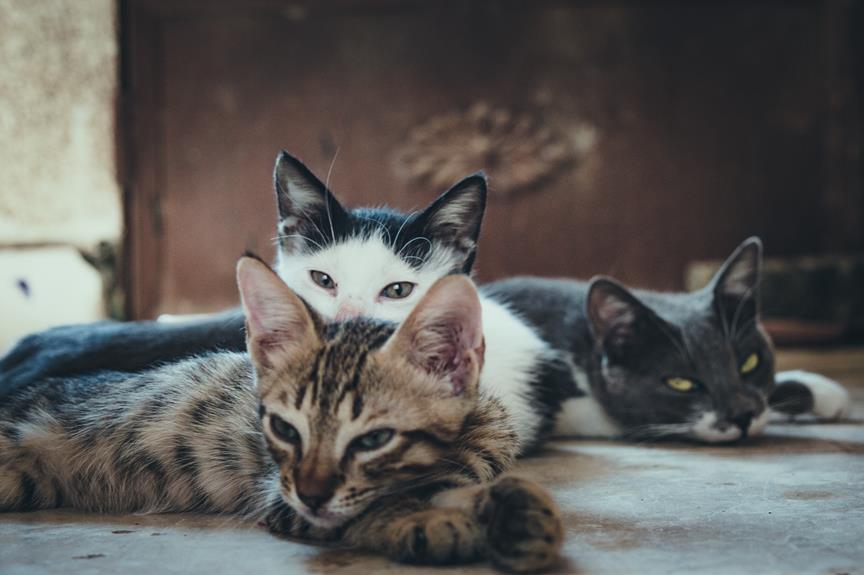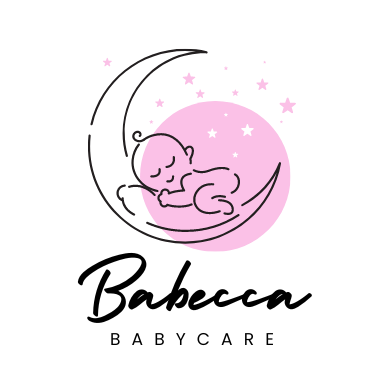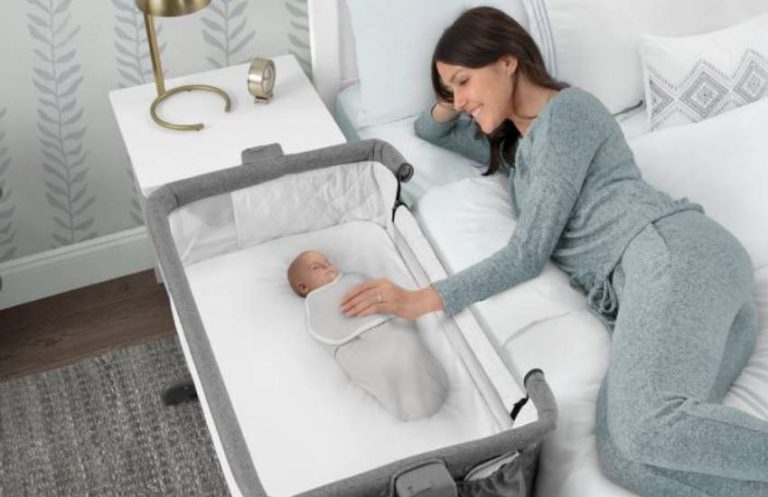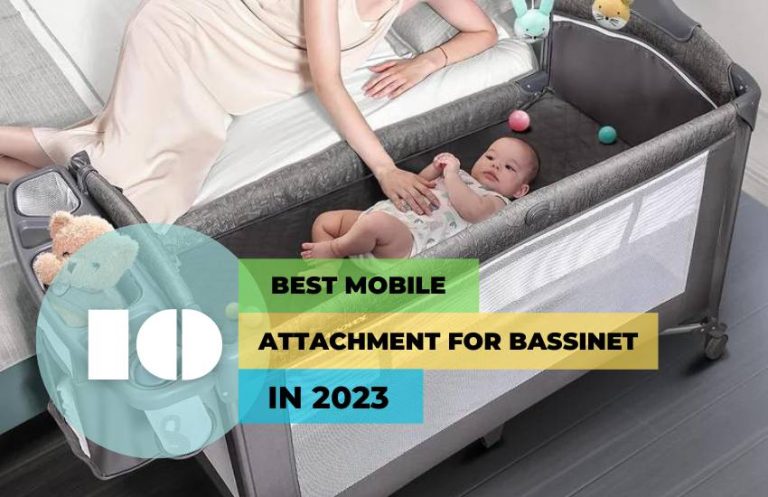When Can Babies Have Stuffed Animals in Crib?

Did you know that 70% of parents introduce stuffed animals into their baby’s crib by the age of one? While these soft companions can bring comfort and joy, it is important to consider the safety implications.
The appropriate age for allowing babies to sleep with a stuffed animal in their crib is determined by their developmental milestones and safety guidelines. While many parents may be eager to introduce a soft and cuddly companion to their little ones, it is crucial to prioritize safety over comfort.
When your baby can sleep with a stuffed animal?
Upon reaching their first-year milestone, it becomes permissible for your little one to associate their slumber with a favorite toy or blanket for that extra layer of emotional comfort. However, advocating for safety is still paramount, hence, it’s best to maintain a minimalist environment in their crib, especially avoiding the introduction of pillows until your child progresses from a crib to a standalone bed.
After crossing the first year mark, one might wonder why babies are allowed to nestle with stuffed toys for sleep? The risk of Sudden Infant Death Syndrome (SIDS) notably decreases by this age. Additionally, babies at this age have typically developed motor skills such that potential suffocation risks are further mitigated. They become capable of shifting positions, sitting up, and moving any objects that encroach upon their breathing space.
Notably, babies within the age bracket of 8 to 12 months often form an emotional attachment to specific objects, like a blanket or a cherished stuffed animal. These objects known as “loveys” or “comfort objects”, are more than just a charming trinket for your little one. They often serve the critical role of pacifying the baby’s separation anxiety and providing them with a sense of familiarity when acclimating to new circumstances.
Safety Concerns and Guidelines
To ensure the safety of babies while they sleep, it is important to address the safety concerns and guidelines surrounding the introduction of stuffed animals into their cribs.
Soft toys like stuffed animals can pose a risk of sudden infant death syndrome (SIDS), which is why the American Academy of Pediatrics (AAP) recommends keeping babies’ cribs free from clutter, including soft toys, to reduce the risk of SIDS.
Sleep-related infant deaths are a major concern when it comes to allowing babies to sleep with stuffed animals, so it is crucial to prioritize the safety of the baby over the comfort provided by stuffed animals.
Consulting with sleep experts can provide additional guidance on safe sleep practices for babies.
Benefits of Sleeping With Stuffed Animals
Sleeping with stuffed animals offers various benefits for babies:
- Promotes a sense of security and comfort: Having a familiar stuffed animal by their side can help babies feel safe and secure, providing them with a sense of comfort and familiarity during sleep.
- Enhances emotional development: Stuffed animals can become a source of emotional connection for babies, allowing them to develop empathy, compassion, and a sense of responsibility as they care for their special toy.
- Encourages self-soothing and better sleep: The soft texture and cuddliness of stuffed animals can help babies self-soothe and relax, promoting better sleep patterns and reducing anxiety or restlessness.
These benefits can contribute to a peaceful and restful sleep environment for babies, allowing them to feel more at ease and enhance their overall well-being.
However, it is important to prioritize safety and follow recommended guidelines to ensure a safe sleep environment for babies.
Risks of Sleeping With Stuffed Animals
Sleeping with stuffed animals in the crib poses potential risks for babies. While these cuddly companions may provide comfort and promote imaginative play, it is important to be aware of the potential dangers they can pose.
Soft toys, such as stuffed animals, can increase the risk of sudden infant death syndrome (SIDS) and accidental suffocation. The presence of these objects in the sleep space can obstruct a baby’s airway or cause them to overheat.
Furthermore, stuffed animals can collect dust over time, leading to sinus congestion and breathing problems. It is crucial to prioritize the safety of the baby over the comfort provided by stuffed animals.
Following the recommendations of organizations like the American Academy of Pediatrics (AAP) and consulting with sleep experts can provide additional guidance on safe sleep practices for babies.
Age and Development Considerations
Babies’ age and developmental milestones should be considered when determining when it is appropriate to introduce stuffed animals into their cribs. Here are some important factors to keep in mind:
- Infant mobility: Babies who can roll over or sit up on their own are less likely to be uncomfortable or at risk of suffocation with a stuffed toy in their crib.
- Safety guidelines: It is crucial to prioritize the safety of the baby over the size or appearance of the stuffed animal. Following the American Academy of Pediatrics (AAP) recommendations for safe sleep practices can help reduce the risk of Sudden Infant Death Syndrome (SIDS).
- Individual considerations: Each baby is different, so it is important to consider their unique circumstances and consult with a pediatrician if needed.
Conclusion
While stuffed animals can provide comfort and companionship to babies, it is important to prioritize their safety. Following age-appropriate guidelines and considering the potential risks associated with soft toys, parents can make informed decisions to ensure a safe sleep environment.
Although stuffed animals offer benefits in terms of promoting sleep, self-soothing, and cognitive development, it is crucial to be cautious and take into account the baby’s age and development.
By doing so, parents can provide a nurturing and secure environment for their little ones.


